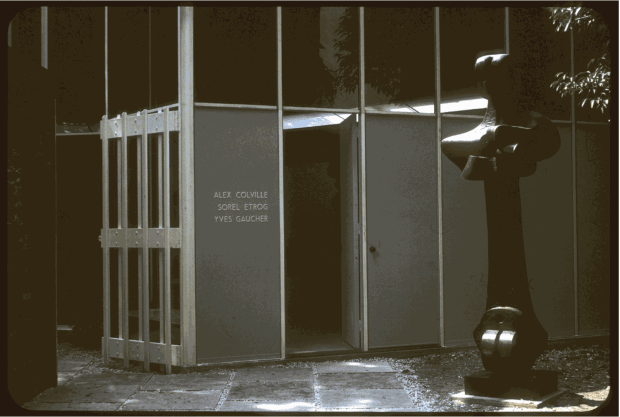-

-

Sorel Etrog carving Waterbury, 1961, in his New York studio, 1961. © Leslie Shergin.
-
 Sorel Etrog, Mother and Child, 1960-62, in Venice, 1966, Photographer Unknown.
Sorel Etrog, Mother and Child, 1960-62, in Venice, 1966, Photographer Unknown. -
 Sorel Etrog, Waterbury, Bronze, 28.5" in, Edition of 7, 1962. © The Estate of Sorel Etrog.
Sorel Etrog, Waterbury, Bronze, 28.5" in, Edition of 7, 1962. © The Estate of Sorel Etrog.



